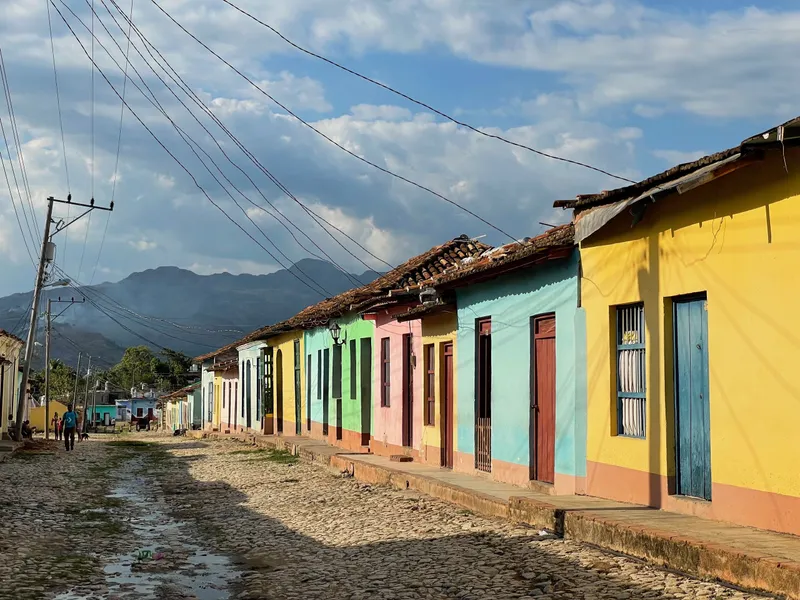There’s no better way to explore a new city than strolling around its streets. Don’t worry, Trinidad is a small city. You won’t have to walk for miles to get a sense of it, and you will have plenty of opportunities to take a break from the sun and enjoy a cold refreshing drink.
Architecture, Streets, and Markets
Trinidad is a UNESCO World Heritage Site and this empowers it to preserve the historical beauty that travelers can admire today. The colonial architecture showcases colorful old buildings, narrow cobblestone streets, and vintage cars. Everything adds up, creating a sense of nostalgia for every traveler wandering around the streets.
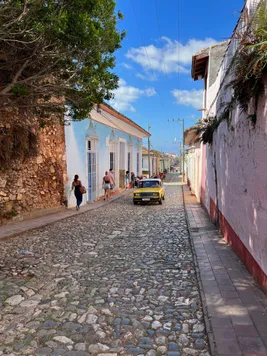
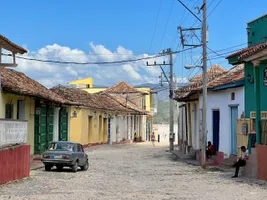
The narrow streets are lined up with craft markets and small shops selling local goods, handmade artwork, and souvenirs. These shops and markets are a great way to interact with locals, besides buying some souvenirs.
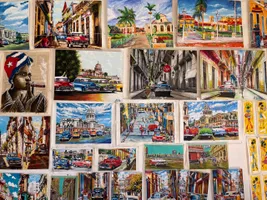

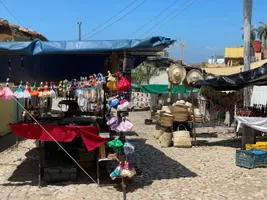
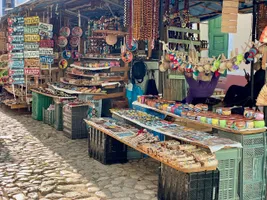
Some of the most important places and buildings that you should not miss in Trinidad are:
1. Plaza Mayor - the heart of Trinidad. This plaza is a central location, surrounded by colorful colonial buildings where you can admire the architecture and the local life. Plaza Mayor is also the place you have to go if you are a museum rat. The most important museums in Trinidad can be found here:
- Museo Romántico (Romantic Museum)
- Colonial Architecture Museum (Museum of Colonial Architecture)
- Museo de Arqueologia (Archaeological Museum)
- Galería de Arte Universal Benito Ortiz (Universal Art Gallery Benito Ortiz).
Other notable museums are very close to Plaza Mayor:
- Museo Nacional de la Lucha Contra Bandidos (National Museum of the Struggle Against Bandits)
- Museo de Historia Municipal or Palacio de Cantero (Municipal History Museum)
- Casa de la Música
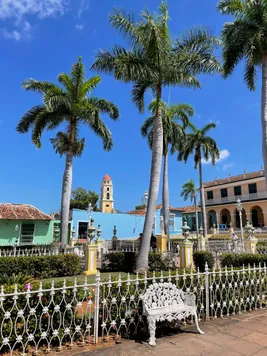
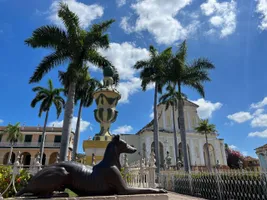
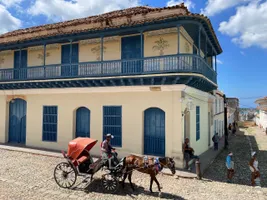
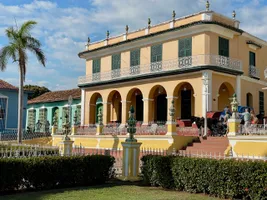
2. Palacio de Cantero - If you’re not into museums, then Palacio de Cantero is still worth visiting to climb the tower. Go up close to sunset for great photography sunlight.
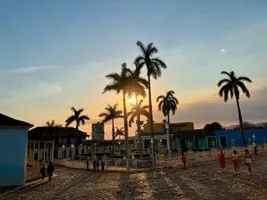
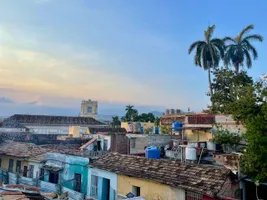
3. Church of the Holy Trinity - this church is also located in Plaza Mayor. There is nothing very special about it on regular days. If you visit Trinidad on Sunday or on a special religious holiday then it is a great place to observe the local culture.
4. Iglesia y Convento de San Francisco - this church and the convent date back to the 16th century and represent a nice example of preserved colonial religious architecture.
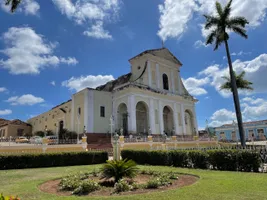
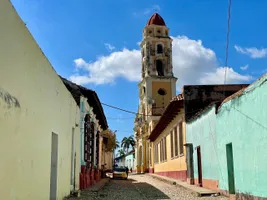
5. Escalinata de Trinidad - A terraced area with seating, drinks, and live music in the evenings, a great place to take a break right in Plaza Mayor.
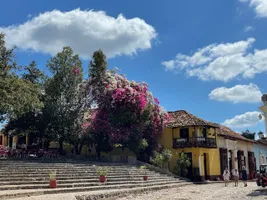
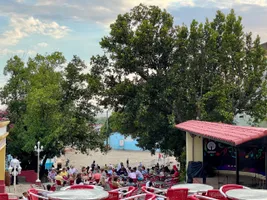
6. Hotel Mystique Trinidad La Popa - this is not a must-see, but a good place to go for a view over Trinidad and also see the ocean. As you might have guessed, you will have to go uphill and climb some stairs, but nothing too worrisome. You will be surprised by the sharp contrast between how people are living in Trinidad, and the luxury and richness at this hotel that has nothing in common with Cuba. This is also the only place in Cuba where we’ve seen new Mercedes cars.
7. Plaza Carillo - a nice green park, away from the tourist center.
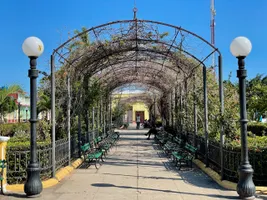
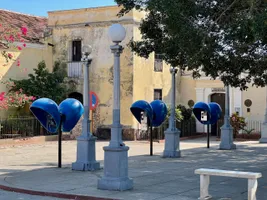
BONUS: If you are curious about where to find the line with colorful houses from the top of this article, follow C. Amargura from Playa Mayor towards C. San Antonio.
The city center of Trinidad which is classified as a UNESCO World Heritage Site is clearly marked with poles with the inscription of UNESCO. Once you get past these signs, the city changes step by step although not immediately. The buildings are decaying, and the streets are not maintained.
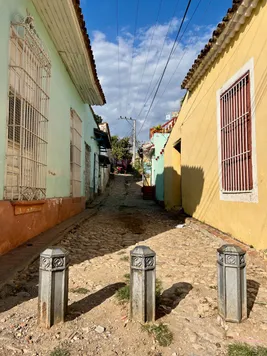
It is up to you if you choose to venture past this point. We wanted to see how the local life really is, not just the touristic city center. I believe not too many travelers venture on these roads because we got a lot of stares. We encountered locals going about their daily routines, and kids playing. Overall it didn’t feel unsafe, and we didn’t run into any issues, but we were the target of every bike taxi that offered us a ride back to the city center.
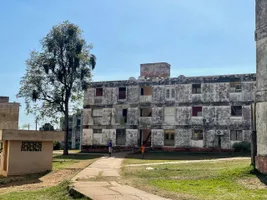
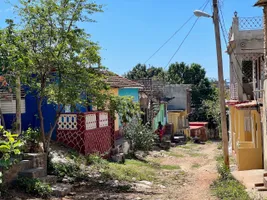
I am not 100% sure of the entire UNESCO perimeter. There are poles on absolutely every street when you get out of the UNESCO area. However, I don’t have a clear map of it. It is possible that number 6 Hotel Mystique Trinidad La Popa, and number 7 Plaza Carillo listed above are outside the area, but not by much, and they are still in a relatively good area.
Local Life
Locals in Trinidad are generally friendly, and engaging with them can lead to meaningful insights into their lives. The language barrier can be a challenge, but your Spanish doesn’t have to be perfect. We personally find it easy to understand Spanish, but speaking is rather difficult. Even so, we didn’t hesitate to use just a limited set of words, instead of full phrases, to talk with them. It turns out that knowing just a few keywords is enough to get them talking and storytelling.
Once you get out of the UNESCO World Heritage Site, the streets are paved and not cobblestone, and the shops start to change too. These shops are no longer for tourists, but they are still worth taking a look to see clothes and accessories shops for locals.
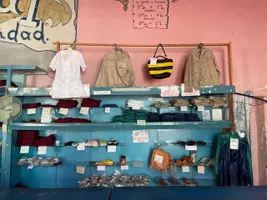
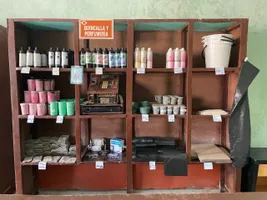
Here you will also encounter food stores, where basic foods are rationalised (productos normados, venta normada) and sold only to locals based on a special card.
Cultural Richness
Cubans are renowned for their joy and love for music and dance. Sometimes you can hear loud music from Casa de la Musica and see people dancing joyfully. Some restaurants have live music where local bands play traditional Cuban rhythms like salsa and rumba. While restaurants might have live music all the time, locals gather up and dance in multiple places such as Casa de la Musica and Casa de la Cultura Julio Cuevas Diaz mostly on weekends when they have some free time, especially on Sundays.
As a Christian country, Sunday is a day to relax and have a good time. In the morning locals gather at the church, and the entire scene becomes very lively. We visited Trinidad on Palm Sunday, and we were thrilled with the experience. We’ve been raised in a Christian culture, but religious holidays have different customs in Europe than in Cuba. We knew what it was all about, but it was interesting to watch the Cuban cultural event unfold beneath our eyes.
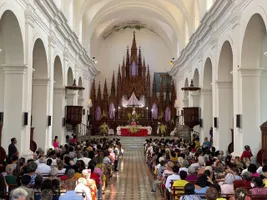
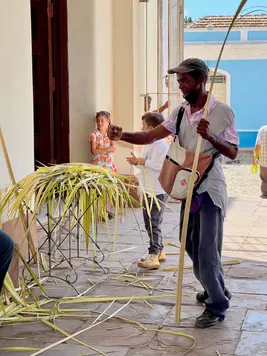
Locals harvested Attalea maripa, commonly called maripa palm, a palm tree indigenous to several tropical South American countries. The palm is cut into thin strips and distributed to the faithful attending the church. They take several strips of palm and fold them into the shape of a cross, and use them in the procession at the church.
After the procession, the narrow streets of Trinidad were full of locals wearing their best clothes and holding palm-made crosses in their hands. The stillness of lunchtime took over Trinidad for a while, and then everybody gathered at the Cultural Center for music and dancing.
One full day should be enough to explore all of the above, enjoy some refreshing breaks, and meals, go shopping, and do some people-watching. If you enjoy spending a lot of time at museums, then you might need to consider some extra time. However, I would recommend fitting as much as you can in a single day and leaving time for other things to do around Trinidad.
 Travelfoss
Travelfoss
Related Travel Articles
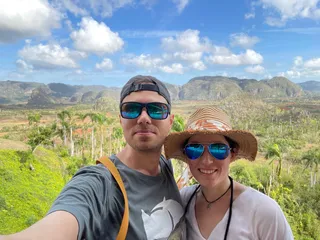
Writing free, independent and personal travel content since 2021. If you appreciate what we do, then you can return the favor by using the affiliate links below.
- Get your accommodations on Booking.com
- Buy your gear and gadgets from Amazon
- Book flights using Expedia
- Book activities on Get Your Guide
- Book guided trips on G Adventures
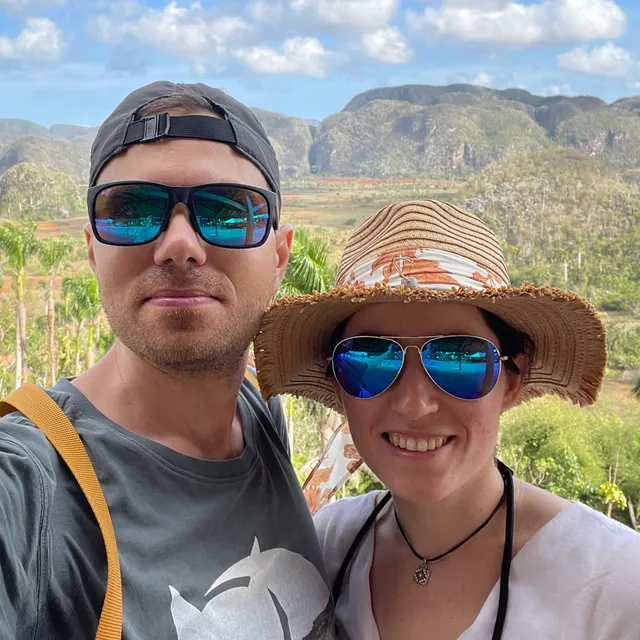
Writing free, independent and personal travel content since 2021. If you appreciate what we do, then you can return the favor by using the affiliate links below with no cost for you.
